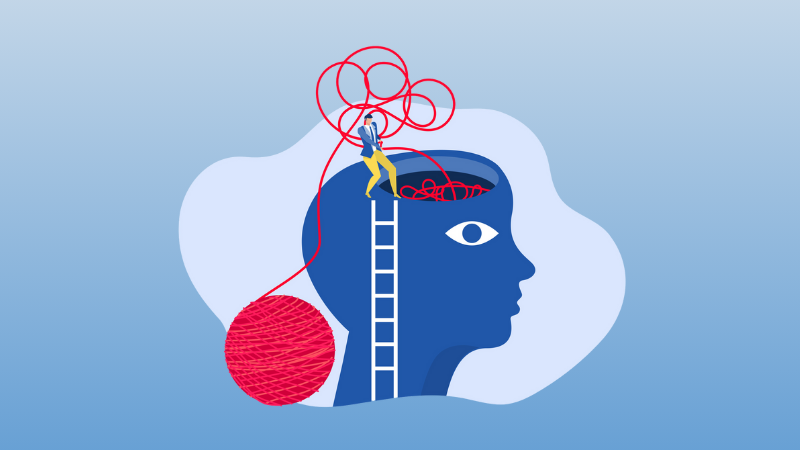Creativity and Motivation: Part 1

I lead a small team who is charged with providing innovative leadership development experiences to a large number of students. Over the past few years in this role, I’ve found that there are times when we’re creative – cooking with gas, as it were – and other times, our ability to create innovative concepts for experiences to test and hone students’ leadership abilities dwindles. If you’ve found yourself in situations like mine, you may look for ways to foster creativity in your teams. A recent study published in the Journal of Management revealed the relationship between intrinsic motivation and creativity as well as the relationship between extrinsic motivation and creativity [1]. The authors shared some interesting discoveries:
- Individuals who had high levels of intrinsic motivation displayed high levels of creativity
- Individuals who had low levels of intrinsic motivation did not display high levels of creativity
- Individuals who had high levels of intrinsic motivation were not additionally incentivized by extrinsic rewards
- Individuals who had low levels of intrinsic motivation were additionally incentivized by extrinsic rewards
What’s the meaning of these findings? If you want to instill creativity within individuals, it seems that you need to understand the motivation of your employees with two key questions: Are my people internally driven to perform and produce new ideas? Or are they driven by external rewards?
If the employees are driven to perform and produce new ideas, then not much may need to be done to further incentivize their creativity beyond articulating the goal. These individuals will find the motivation within themselves. Research reveals that creative output may actually decrease if you apply external rewards to incentivize creativity in this population of employees.
On the flip side, employees who lack an internal drive to perform greatly benefit from external rewards. In the study, the researchers found incentives led to higher levels of creativity than even the highly intrinsically motivated population.
The authors also examined the effect of team climates on creativity, specifically to understand whether collaborative or competitive team environments created more creative results.
Read my next post to see what the research team found. This may influence how you interact with your team!
Zhu, Y., Gardner, D. G., & Chen, H. (2018). Relationships between work team climate, individual motivation, and creativity. Journal of Management, 44(5), 2094-2115. doi:10.1177/0149206316638161


